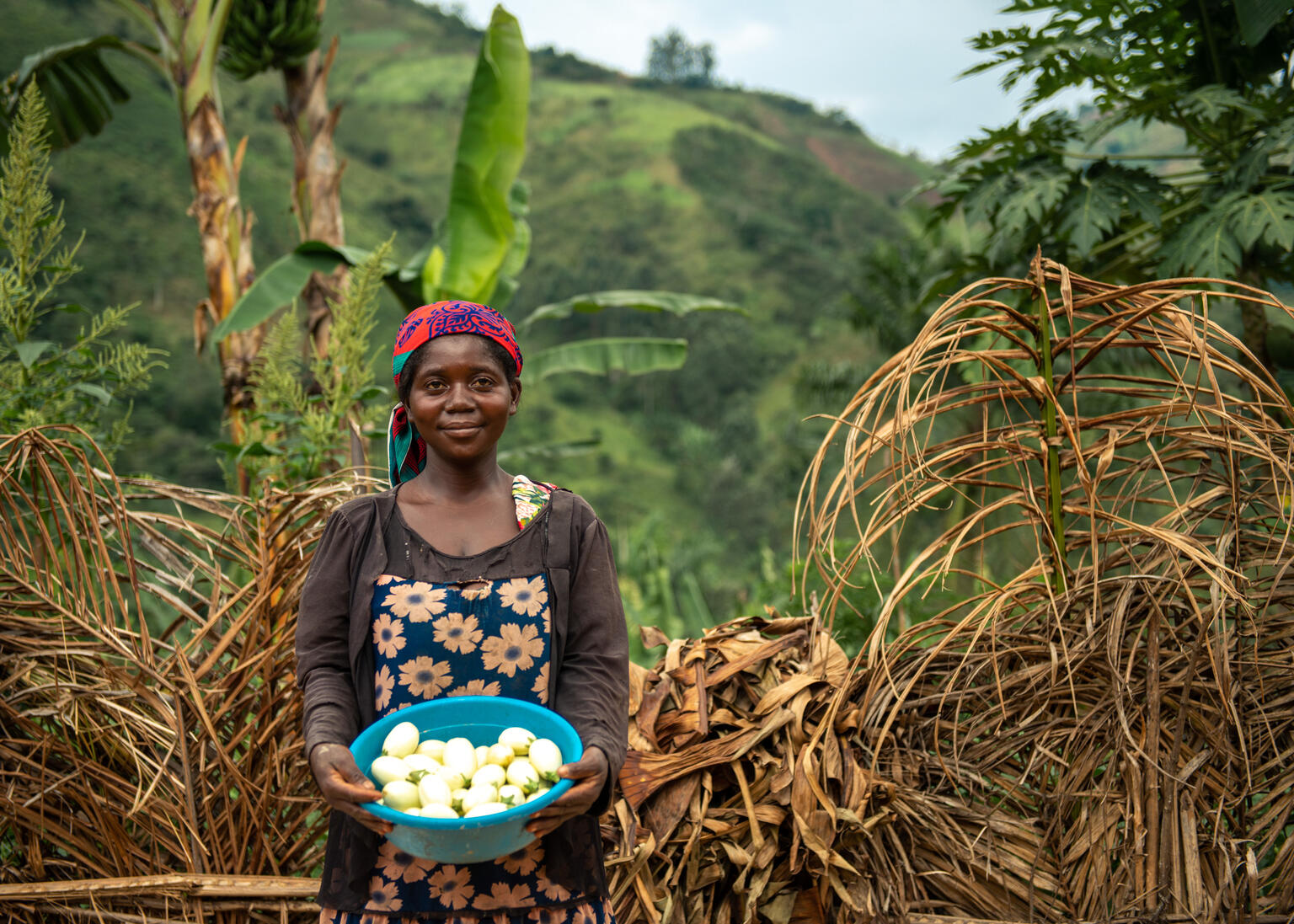
Around 160 million children around the world, 1 in 10 of all children, are involved in some form of child labour. And concerningly, the numbers are rising.
Despite efforts to curb the practice, the impacts of the COVID-19 pandemic, conflict and climate change have stagnated progress towards ending child labour. Without mitigation strategies, the number of children involved could rise by almost 9 million by the end of 2023 – marking the first increase in two decades.
It is this context that, from 15-20 May, 2022, hundreds of delegates from around the world convened in Durban, South Africa, for the 5th Global Conference on the Elimination of Child Labour. Hosted by the Government of South Africa and organised by the International Labour Organisation (ILO), the event was an opportunity to assess the present situation, discuss best practices and solutions and identify what needs to be donewhat needs to be done to accelerate the action to end child labour.
Across countries, across sectors
Child labour is a violation of children’s rights and a form and enabler of violence. Not only do certain forms of hazardous labour – work in dangerous, unhealthy conditions – lead to risk of injury, illness or even death, the practice of child labour also places children at heightened risk of abuse and exploitation in, around or to the way to work. It often deprives children of education, jeopardising their development and future prospects.
It is a complex issue that exists across sectors and across countries. To bring together comprehensive, effective dialogue, the conference convened voices from across these countries and contexts, including international and government leaders, Nobel laureates, the private sector and the powerful perspectives of children and those who had experienced child labour.
We are here because we share a common conviction that child labour in all its facets is an enemy. Child labour is an enemy of our children’s development and an enemy of progress. No civilization, no country and no economy can consider itself to be at the forefront of progress if its success and riches have been built on the backs of children.
From the prevalence of child labour in supply-chains of local, national and global industries to the rights of children in sport, the five-day conference incorporated discussions on the many forms and many settings that child labour is taking place.
Speakers such as Thoko Didiza, South Africa’s Minister of Agriculture, Land Reform and Rural Development, and representatives from the Food and Agriculture Organisation (FAO) pressed the need to eliminate child labour in agriculture, which accounts for more than 70 percent of child labour worldwide.
The conference itself was convened in Africa, the region with the highest concentration of child labour. There are more children in child labour in sub-Saharan Africa than in the rest of the world combined – the majority work on family farms. While focusing on child labour as a global issue, the need to identify and address regional and context-speficic solutions was highlighted.
Sharing solutions
A solution that was placed front and centre to tackle child labour was education. In a vicious cycle, the lack of access education is a driver of child labour and child labour itself causes children to lose out on, or sometimes completely abandon, education. All actors, including and especially children who had experienced child labour, discussed how it is imperative to ensure that education is accessible to all children.
I come from a community where child labour has been dominant. I used to work on dangerous roads in my country. I never thought I could get an education. Not until a school opened in my village. Today, I am requesting everyone to stand up with me and take a pledge to ensure that every child is free
Policy and program solutions were also discussed. UNICEF and ILO shared new data, for example, presenting the case for social protection measures which, by helping families cope with economic or health shocks, can both reduce child labour and facilitate schooling.
Speakers also discussed the need for cross-cutting policy solutions that comprehensivly address child labour alongside issues such and climate change and humanitarian responses,
The way forward
We have only three years to meet the UN Sustainable Development Goal 8.7: eradicating child labour by 2025. The Global Conference on the Elimination of Child Labour aims to turn the week of global discussion into global action to restore and accelerate progress to end child labour.
On 20th May, 2022, the conference closed with the adoption of the ‘Durban Call to Action’. Adopted by all attendees, the call includes commitments to accelerate multi-stakeholder efforts to prevent and eliminate child labour, especially in its worst forms and including forced labour, modern slavery and trafficking. It calls for the protection of survivors through data-driven and survivor-informed policy and pragmatic responses, realising children’s right to education, and achieving universal access to social protection. It also calls for increased financing and international co-operation for the elimination of child labour and forced labour.
Through commitment and collaboration, as described the call, the conference discussions and beyond, the global community must act now to end child labour and ensure safe, secure and nurturing childhoods for all children.
View the Durban Call to Action and learn more about the conference.
Image: © UNICEF/UN0567643/Bashizi